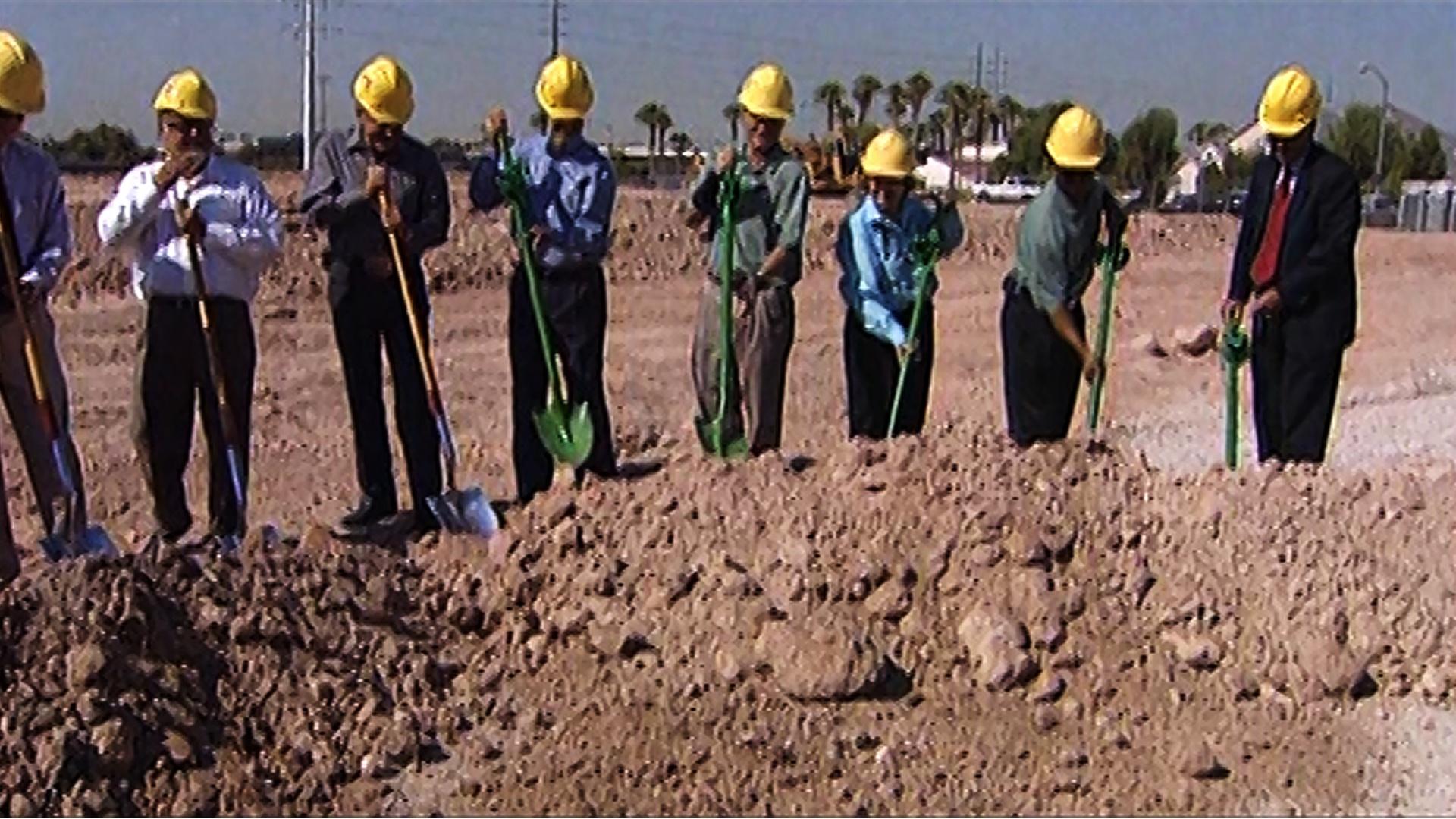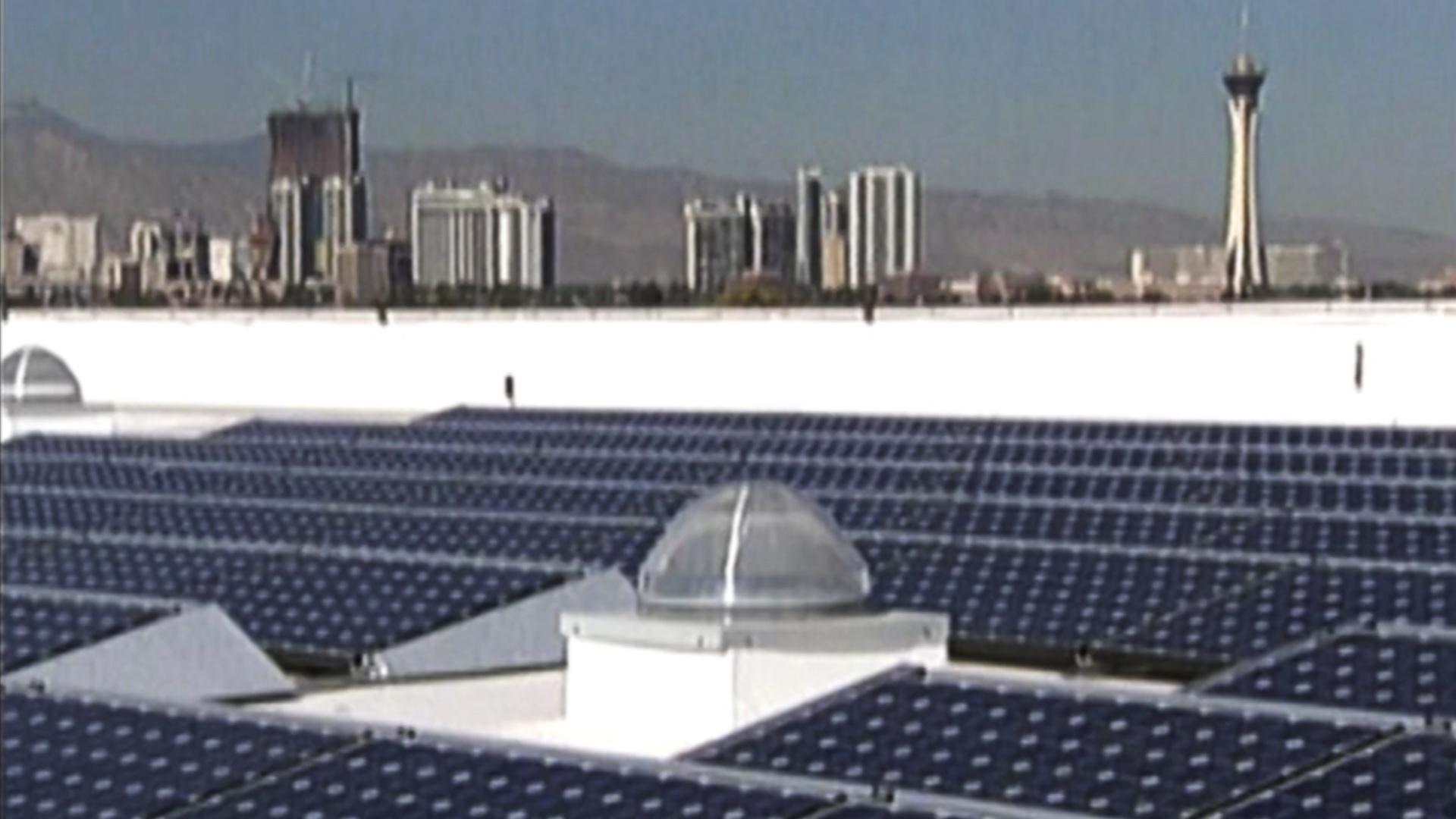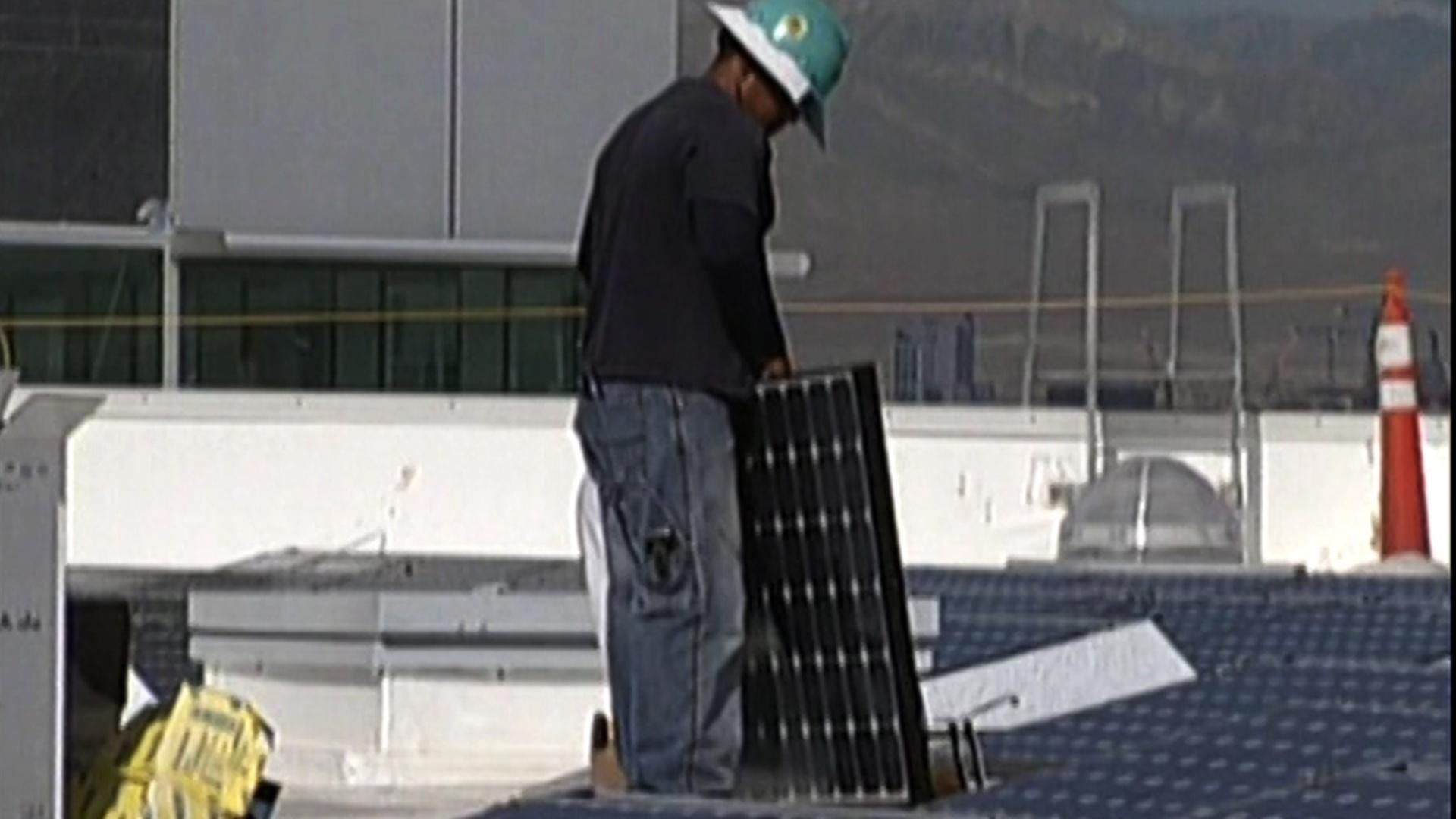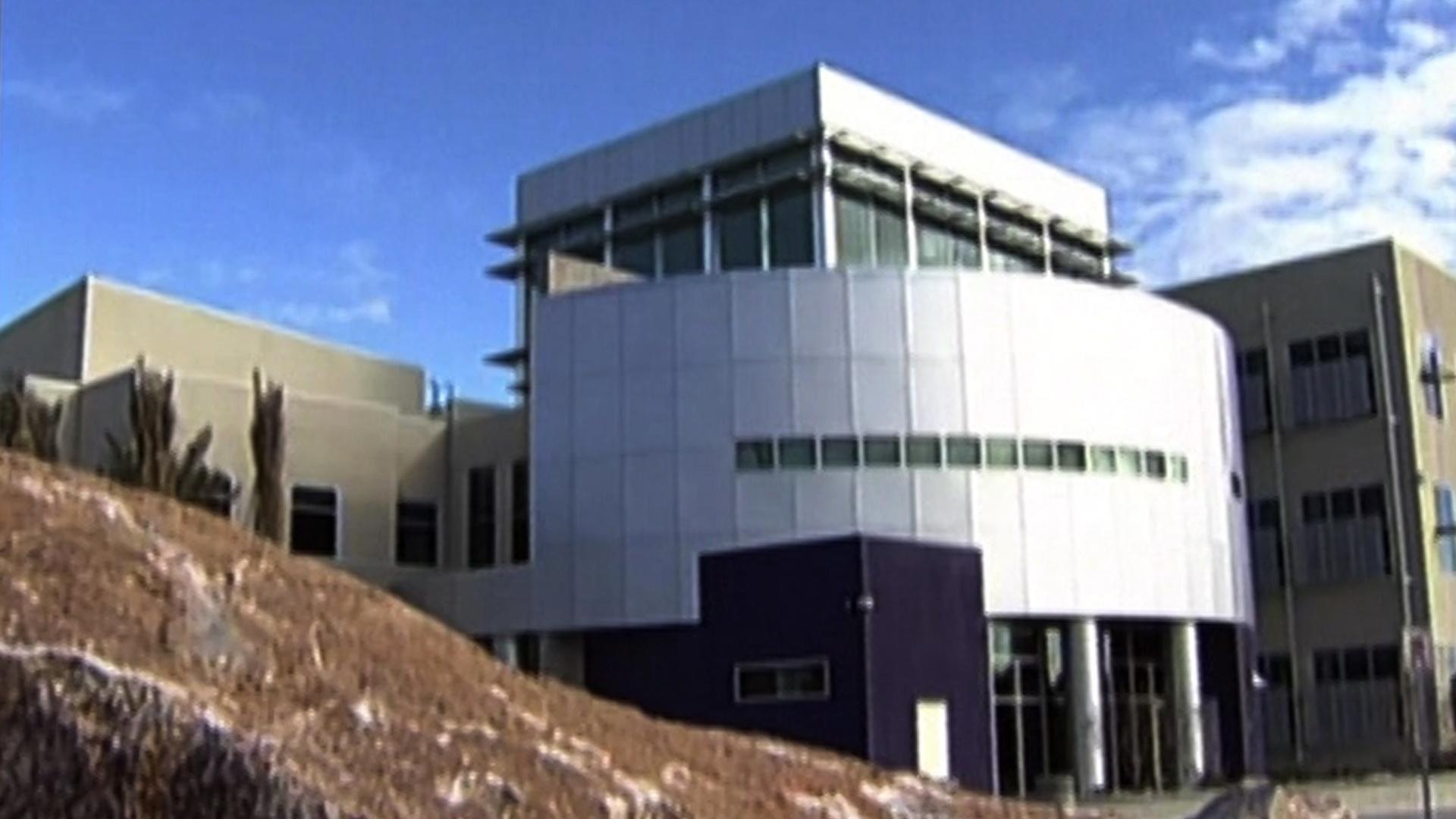
Vegas PBS Source
Download our monthly program guide (PDF).




What is a green building?
Green building is the practice of creating structures and using processes that are environmentally responsible and resource-efficient throughout a building's life-cycle from siting to design, construction, operation, maintenance, renovation and deconstruction.
-U.S. Environmental Protection Agency
Learn more

Download our monthly program guide (PDF).

Green building is the practice of creating structures and using processes that are environmentally responsible and resource-efficient throughout a building's life-cycle from siting to design, construction, operation, maintenance, renovation and deconstruction.
-U.S. Environmental Protection Agency
In the United States alone, buildings account for:
-United States Green Building Council
Environmental Benefits: Conserve natural resources, improve water and air quality & reduce solid waste
Economic Benefits: Reduce operating costs, improve asset value and profits, enhance employee satisfaction and productivity
Health and Community Benefits: Improve air, acoustic and thermal environments, enhance occupant comfort and health, decrease strain on local infrastructure & contribute to overall quality of life.
A method of green building standards, called, Leadership in Energy and Efficient Design, or LEED, developed as a means of measuring how "green" a building actually is.
USGBC when it was formed in the early '90's, it needed a tool for its toolbox; it needed to standardize a checklist or a format for people to follow that was a third party verification to make sure that the building was built to LEED standards, which again is: Leadership in Energy and Efficient Design, so it's one of our tools in the toolbox for the Green Building Council.
There are four levels of LEED Certification: LEED Certified, Silver, Gold and Platinum.
The Campus will save a tremendous amount of water each year by incorporating a closed-loop geothermal heat pump system, water-conserving bathroom fixtures & drought-tolerant landscaping.
The Campus will use an estimated 35 to 40% less energy than a traditional building of its size.
The Campus' solar panels are expected to deliver more than 15% of the building's electricity needs.
The Campus' closed-loop geothermal heat pump system will use 50 to 75% less fossil fuel than traditional systems. It will also save approximately 21% in air conditioning costs over the building's lifetime.
Utilizing daylight to light the building should save the Campus up to 20% on power bills.
The Campus utilized steel with approximately 85% recycled content, which earned the project 1 LEED point.
Energy from the sun is collected in solar panels and travels to homes and businesses.
What does solar power mean for the evolution of utility companies?
Why it means we need to rethink our aging energy infrastructure throughout the U.S.